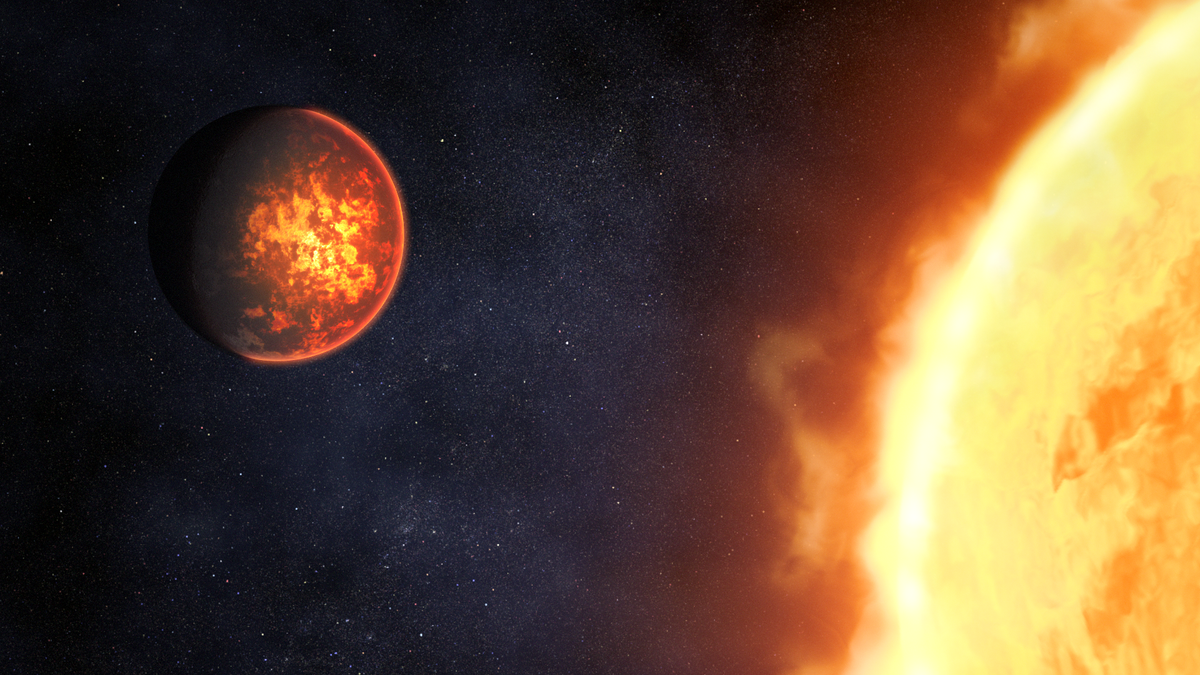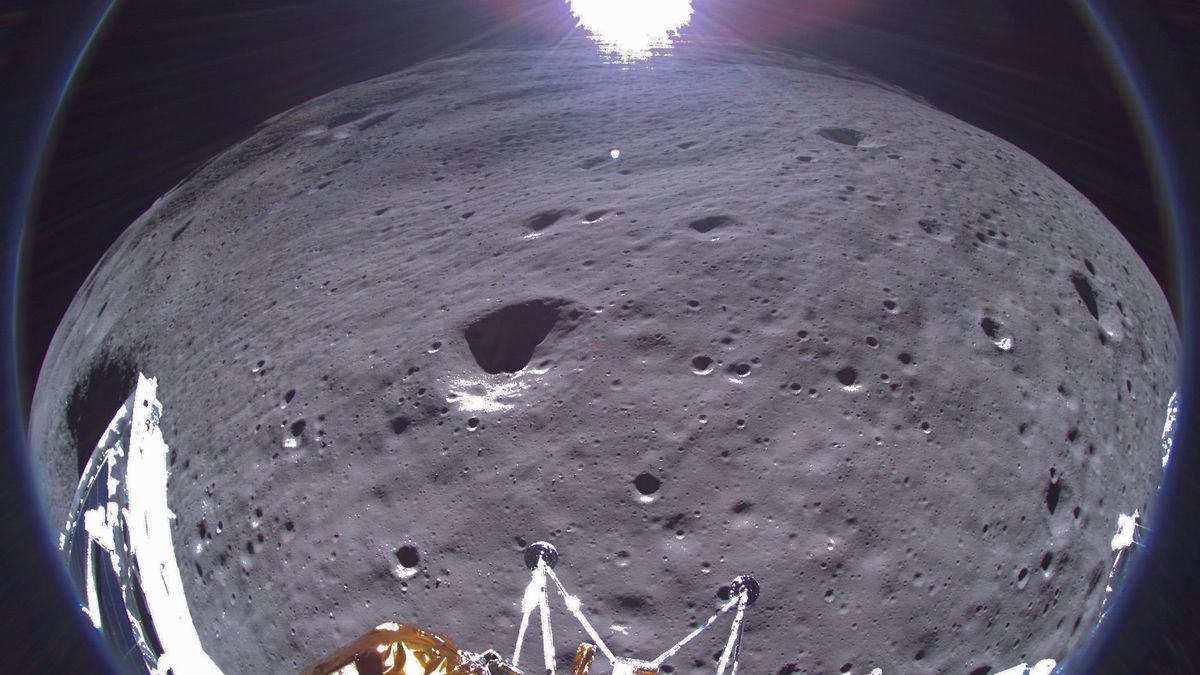Unveiling the Intricate Atmosphere of 55 Cancri e
Using the James Webb Space Telescope (JWST), astronomers have made an intriguing discovery about a scorching hot lava planet known as 55 Cancri e. This planet, located approximately 41 light-years away from our solar system, boasts a width nearly double that of Earth and a mass nine times greater than our planet. Classified as a “super-Earth,” 55 Cancri e stands out due to its extraordinary density, leading scientists to believe that it is primarily composed of carbon compressed into diamond.
The Puzzling Evolution of Atmospheres
One of the fascinating findings about 55 Cancri e is the evolution of its atmosphere. Despite having its original atmosphere stripped away by the intense radiation from its nearby star, scientists have identified a thick layer of gases surrounding the planet, indicating the growth of a secondary atmosphere. This unique phenomenon has sparked curiosity among researchers, prompting them to delve deeper into the intricacies of this exoplanet.
The research team, led by Renyu Hu from the California Institute of Technology (Caltech), utilized JWST observations to measure the thermal emissions from 55 Cancri e. These measurements have provided valuable insights into the planet’s atmospheric composition and the mechanisms behind the formation of its secondary atmosphere. According to Hu, the presence of this secondary atmosphere is likely sustained by outgassing from the planet’s rocky interior, marking a significant milestone in the study of rocky exoplanets.
Unraveling the Mysteries of 55 Cancri e
Furthermore, the proximity of 55 Cancri e to its sun-like star, 55 Cancri A, has raised questions about the planet’s capacity to develop a secondary atmosphere. The intense heat generated by the star has transformed 55 Cancri e into a lava-coated hellscape, showcasing its extreme conditions. By analyzing data from two secondary eclipses of the planet, researchers were able to rule out the possibility of 55 Cancri e being a barren lava world devoid of a substantial atmosphere.
Through meticulous observations and analysis, the research team has uncovered intriguing details about 55 Cancri e’s atmospheric dynamics. The presence of a secondary atmosphere opens up a realm of possibilities for further exploration, shedding light on the planet’s complex evolution and unique characteristics.
Implications for Exoplanet Research
As scientists continue to unravel the mysteries of exoplanets like 55 Cancri e, the role of advanced technologies like the JWST becomes increasingly vital. By harnessing the observing power and infrared sensitivity of the JWST, researchers can delve into the atmospheric complexities of distant worlds, paving the way for groundbreaking discoveries in the field of exoplanet research.
The research findings on 55 Cancri e, published in the journal Nature, underscore the importance of continued exploration and investigation into the vast expanse of the universe. By peering into the intricate atmospheres of distant planets, scientists are poised to unlock a treasure trove of knowledge that could reshape our understanding of planetary evolution and diversity.
Image/Photo credit: source url





